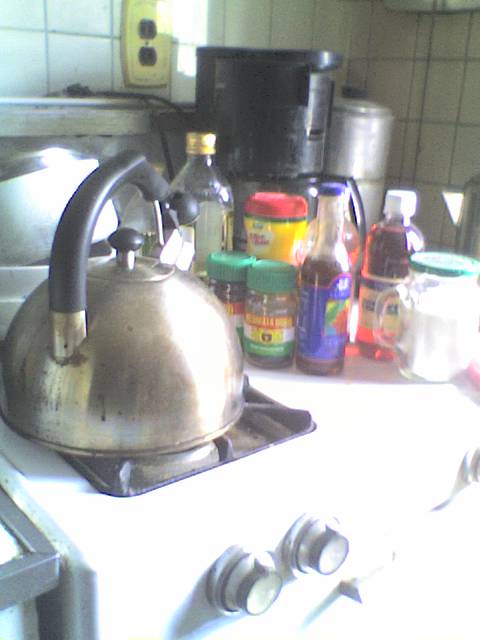Almost every day we have the onion in our life (and no, I don't mean that wickedly satiric downtown New York newspaper). We use it in salads , chopped in marinades for meat and batter fried as a tasty but highly caloric treat. It's one of the oldest plants used in cooking , yet it's a must have staple for 21st Century kitchens.
The onion is one of our oldest foods and one of the first eaten. Its' origins go back 5000 years, when hunter gatherers brought it to campfires. How they ate it , whether raw or roasted, will always remain a mystery. It was first cultivated in Central Asia and then in Western Pakistan and Iran. it was one of the first cultivated crops because it didn't perish as fast as other vegetables. It could also be dried for later use whether in primitive stews or accompanying lamb or goat. The ancients also used the vegetable for sustaining life. Onions can prevent thirst which helped during droughts.
The Egyptians worshipped them , while the first cook book writer, Apicus included onion recipes in his cookbook. Onions were in every European country during the Middle Ages, and were one of the three major foods, along with beans and cabbage, to be eaten during this time. Much later, English settlers brought it to the Massachusetts Colony where it was first planted in 1648. North America, did however have it's own share of native wild onions as well.
From primitive to modern times the onion is a flavorful staple in any diet. It's full of querticin which is a flavanoid that is one component of an antioxidant or free radical. Onions are also known to have disulfides and trisulfides which have anti cancer and anti bacterial properties.Boost up your onion intake and you'll find your potassium , Vitamin C, dietary fiber and folic acid. It's part of the allium family which also includes garlic and leeks. What we eat is the allium cepa or bulb onion. There are several different varieties from the Vidalia (the most popular) to the Walla Walla now grown in Washington State but originally from Corsica.
Don't deprive yourself of the onion's goodness and good taste just because it can sometimes cause heartburn or mouth burn. Just use it in smaller quantities. You can dice it up in in a beet salad to give the beets more zing or you can finely mince it and add to a marinade.Another way to temper a raw onion is to mix it with sliced tomatoes along with oil and vinegar.It won't be so overpowering thanks to the other's strong taste. You can also roast onions over your grill and serve over a bed of flavored rice. Quartered onions make an excellent part of a kabob.Add them to your stir fry. After all what would Oriental cuisines be like without onions? Another yummy dish are batter fried rings. Yes, they're bad for you but nothing beats a crusty, salty, tempura dipped ring fried to golden perfection and then lightly salted. My Piedmontese great grandmother used to stuff sweet onions with left over chopped meat along with raisins. They were then baked to a glistening golden hue in an oven for twenty minutes. This is a favorite in both Northern Italy and France's Provence region and a great way to use leftovers.
No onion article (or blog for that matter) can go without mentioning that French classic - onion soup. This is easy to make and a great dish no matter what the season.You can make this on a Saturday afternoon for a special weekend dinner with friends or even for a Sunday brunch with a nice salad.
Never be afraid to use the onion. The perfect food not only tastes good but it's good for you. Use it in soups , salads or at your barbecue.
Classic French Onion Soup
2 large Vidalia onions
2 quarts beef or vegetable stock
Dice onions and saute in butter until wilted . Add this to simmering stock and cook for about half an hour.Pur into French onion soup bowls. Float one slice of French bread in each bowl. Cover with Gruyere cheese and place under broiler until cheese is melted. Serves four.
Leftover soup can be refrigerated and microwaved for a later meal .
Subscribe to:
Post Comments (Atom)




No comments:
Post a Comment